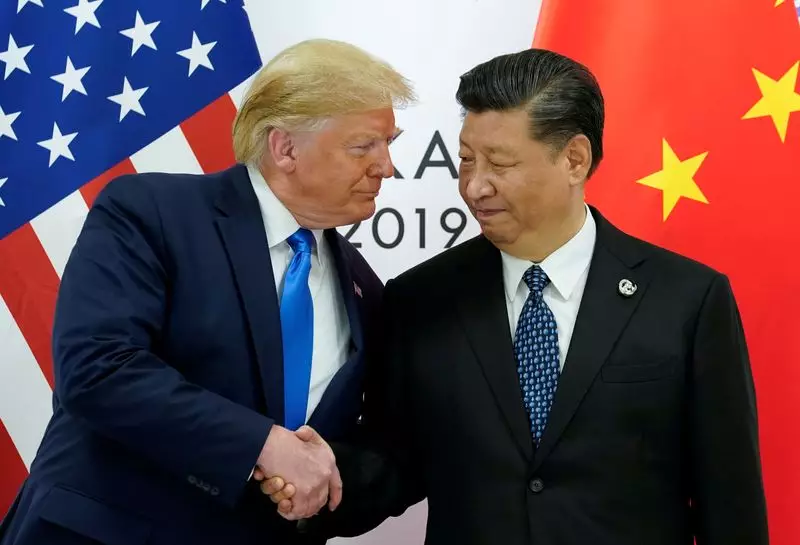Following Donald Trump’s recent electoral victory, China has officially recognized the outcome, extending its congratulations and expressing a willingness to engage pragmatically with the incoming administration. This marks a pivotal moment in U.S.-China relations, which have been strained over numerous critical issues, notably trade and security. Trump’s resurgence highlights a potential resurrection of the contentious trade policies he implemented during his first term, which could dramatically reshape the dynamics between the two global powers.
In an official statement, a Chinese foreign ministry spokesperson conveyed respect for the electoral choice of the American populace and acknowledged Trump as the next president. This response signals a cautious optimism within the Chinese leadership regarding the potential for improved dialogue. State-run media, such as China Daily, indicated that Trump’s return to power could serve as a “new beginning” for relations, emphasizing the importance of not squandering this opportunity to address longstanding issues.
China faces a challenging economic landscape that adds complexity to these diplomatic efforts. Economic vulnerabilities, including a significant property market downturn, excessive local government debt, and faltering domestic demand, may inhibit China’s ability to respond robustly to the aggressive tariff measures that Trump has threatened to implement. This precarious economic position complicates the potential for effective negotiation between the two nations, underscoring the need for a careful approach.
Trump’s history of implementing steep tariffs is a cause for significant concern in Beijing. The possibility of imposing tariffs as high as 60% on Chinese imports looms large, eclipsing the previous range of 7.5% to 25% seen during Trump’s first term. The ramifications of such tariffs extend beyond mere economic statistics; they represent a strategic challenge for China, affecting everything from industrial performance to investment flows.
Furthermore, while the Biden administration chose to maintain continuity in several of Trump’s trade policies, the anticipated shift back to Trump’s rhetoric and strategies could amplify tensions. The United States has reiterated its commitment to protecting domestic industries through aggressive tariff measures aimed primarily at countering what it sees as unfair Chinese practices. This ongoing backdrop of economic protectionism serves as a constant reminder of the fragile state of U.S.-China relations.
Towards Constructive Engagement
In light of these challenges, Chinese state media advocates for a “pragmatic approach” to navigating bilateral relations, recognizing the interconnected nature of global issues that extend far beyond trade. The reclamation of effective dialogue can be vital in addressing misunderstandings that have marred past interactions. Both nations are urged to engage constructively to confront shared challenges, including climate change, public health, and regional security threats.
As Trump prepares for another term starting in January, the potential for significant shifts in the geopolitical landscape remains. The coming months will reveal whether the aspiration for pragmatic engagement will materialize amid the heavy burdens of trade tariffs and complex economic realities. Observers keenly await how this delicate relationship will evolve, as both nations strive to balance national interests with a commitment to global stability.

